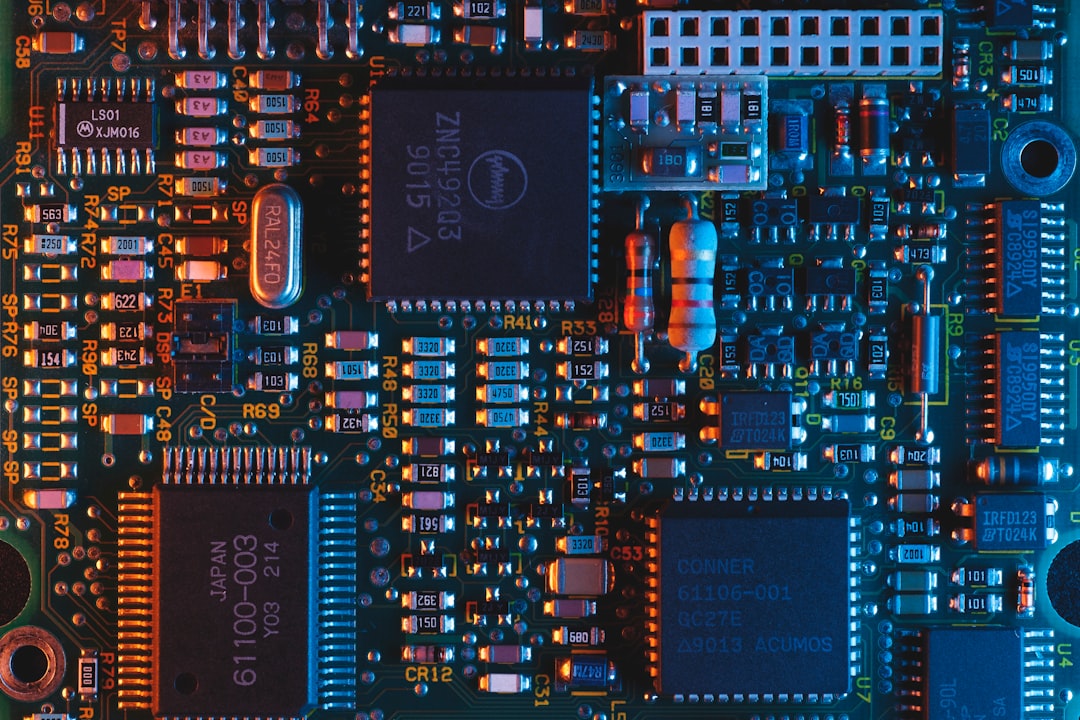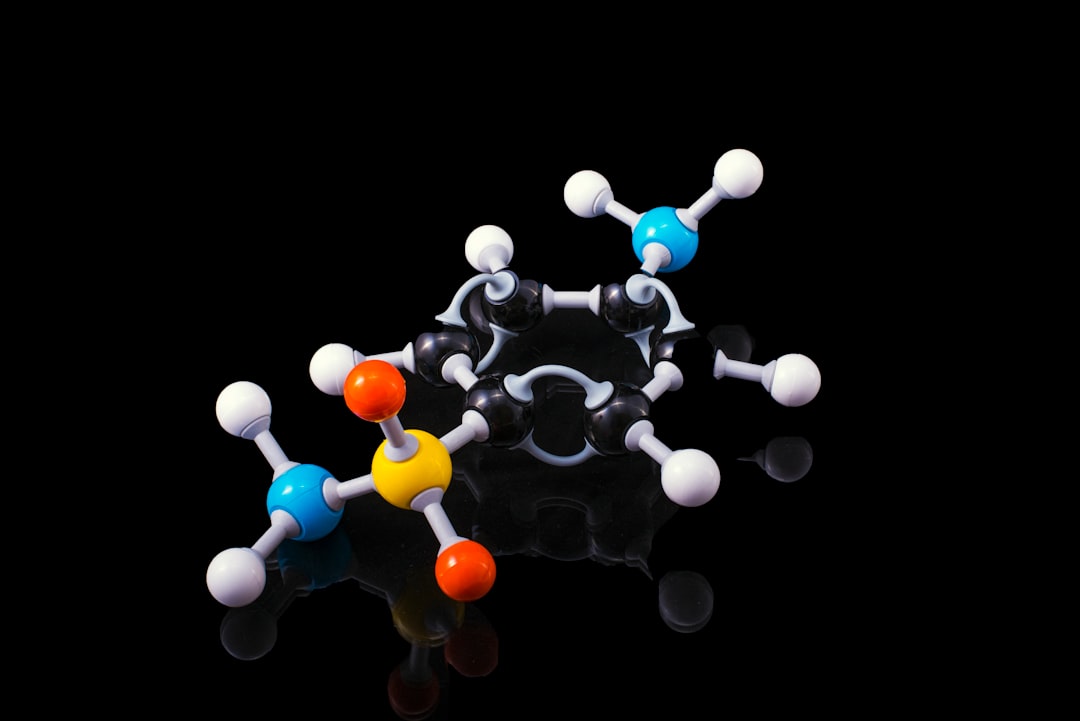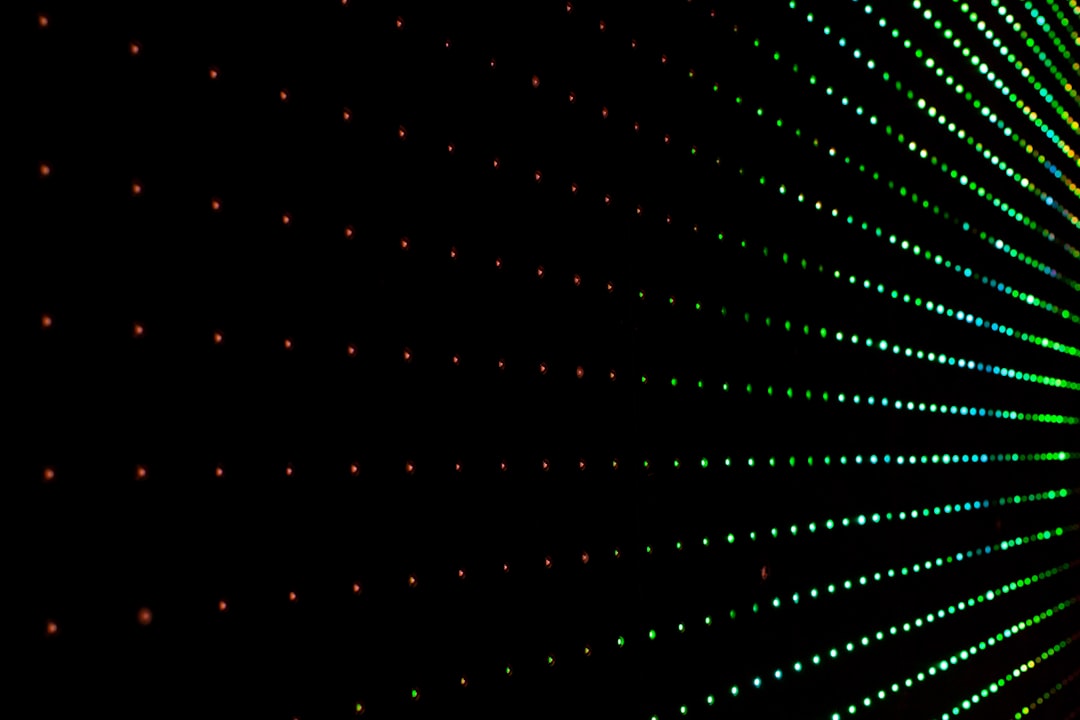What is it about?
We explore the use of a high-pressure torsion press (called the RoToPEc) to deform multi-phase rock under high deformation, and collect in situ X-ray tomography data. We outline step-by-step procedures on strain measurements and image processing, and give representative results on the studied materials in 2D and 3D.
Featured Image

Photo by @felipepelaquim on Unsplash
Why is it important?
We were able to observe the evolution of the materials structural features with deformation in images consistent with the transport of matter in torsion. We suggest the explored experimental setup is suitable for transferring on samples deformation that can be representative of large deformation environments at conditions of Earth crust to uppermost mantle. This tool has a strong potential to shed new light on the study of polyphase materials and rocks under high pressures and temperatures in the Earth, in particular to understand the distributions of strain, stresses and strain localization processes which govern Earth dynamic and plate tectonics.
Perspectives
The conditions investigated are a starting point for broadening the used experimental setup capability in pressure, temperature and time resolution for quantitative deformation experiments. Pushing these boundaries will require technological developments such as new designs for high-pressure cells and anvils, or adaptation of devices compatible with fast (s timescale) tomography setups.
Tommaso Mandolini
Read the Original
This page is a summary of: Deformation of two-phase aggregates with in situ X-ray tomography in rotating Paris–Edinburgh cell at GPa pressures and high temperature, Journal of Synchrotron Radiation, July 2023, International Union of Crystallography,
DOI: 10.1107/s1600577523005374.
You can read the full text:
Contributors
The following have contributed to this page










